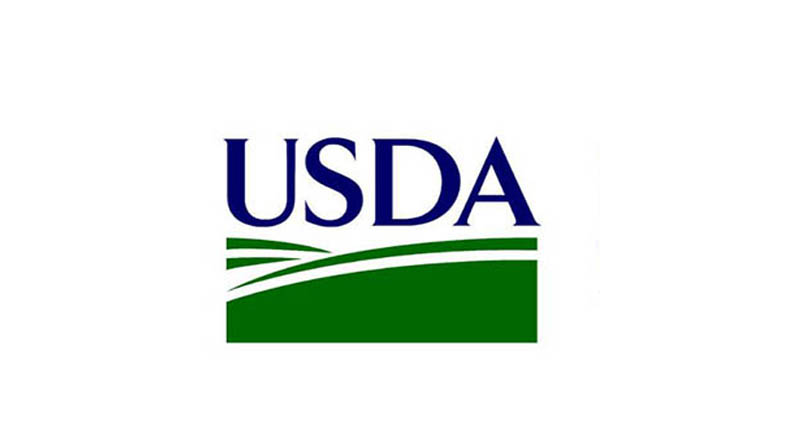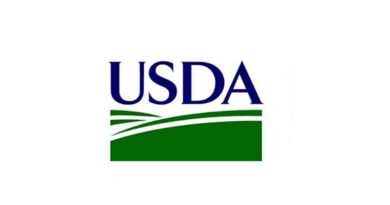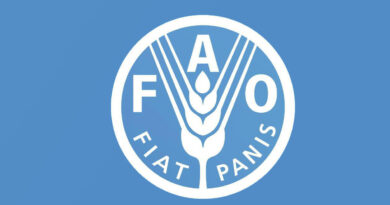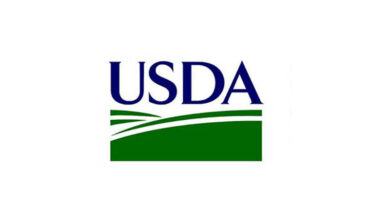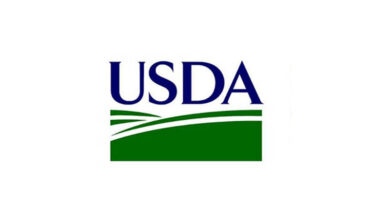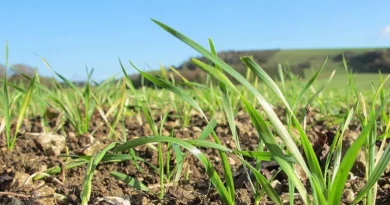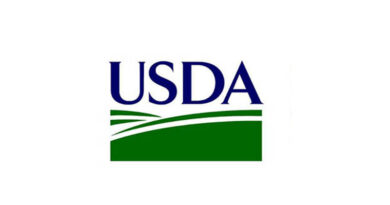Statement from Agriculture Secretary Tom Vilsack on the Economic Research Service’s 2022 Household Food Security in the U.S. Report
25 October 2023, Washington: Today, the U.S. Department of Agriculture (USDA)’s Economic Research Service released the Household Food Security in the United States in 2022 report, which examined American households’ ability to access sufficient food last year. The report found that the vast majority – 87.2 percent – of U.S. households were food secure throughout 2022, meaning they had consistent, dependable access to enough food for active, healthy living. However, 17 million households were food insecure at some point during the year, including 6.8 million households that reported very low food security. The study also found statistically significant increases across categories from 2021.
Agriculture Secretary Tom Vilsack made the following statement regarding the report’s findings:
“The 2022 Household Food Security in the United States report is a sobering reminder that, while the vast majority of Americans are able to affordably feed themselves and their families, too many of our neighbors struggle to put healthy food on the table. These numbers are more than statistics. They paint a picture of just how many Americans faced the heartbreaking challenge last year of struggling to meet a basic need for themselves and their children, and the survey responses should be a wake-up call to those wanting to further roll back our anti-poverty and anti-hunger programs.
“These findings are unacceptable, yet the report is the latest piece of evidence that as the pandemic began to wane in 2022, another public health concern—food insecurity—increased. The experience of the pandemic showed us that when government invests in meaningful support for families, we can make a positive impact on food security, even during challenging economic times. Just over half of food insecure families reported gaining assistance through the Supplemental Nutrition Assistance Program (SNAP), the National School Lunch Program or the Special Supplemental Nutrition Program for Women, Infants, and Children (WIC), all of which are currently at risk of reduced funding or restricted access. The uptick in food insecurity also occurred at a time when significant safety net enhancements that helped people through the worst of the pandemic began to end, including the expanded Child Tax Credit, universally free school meals, and, in a number of states, higher SNAP benefits.
“No child should go hungry in America. The report is a stark reminder of the consequences of shrinking our proven safety net, and it underscores the need to deliver on the Biden-Harris Administration National Strategy on Hunger, Nutrition, and Health. That starts with the urgent need for Congress to fully fund WIC and continue the 25-year track record of bipartisan consensus to make sure every eligible low-income mom, infant, and child can get the vital, developmentally appropriate nutrition they need to thrive. We also need a Farm Bill that protects SNAP benefits—because they work to help lift people out of poverty—and for all states to embrace the Summer EBT program to help kids access healthy food during the summer months, when school is out and child food insecurity is highest.
With this evidence before us, there is no excuse to look the other way while our country’s children and families contend with this unfair yet preventable hardship.”
Also Read: Innovative Label Design: Revolutionizing Agrochemical Packaging in India
(For Latest Agriculture News & Updates, follow Krishak Jagat on Google News)

